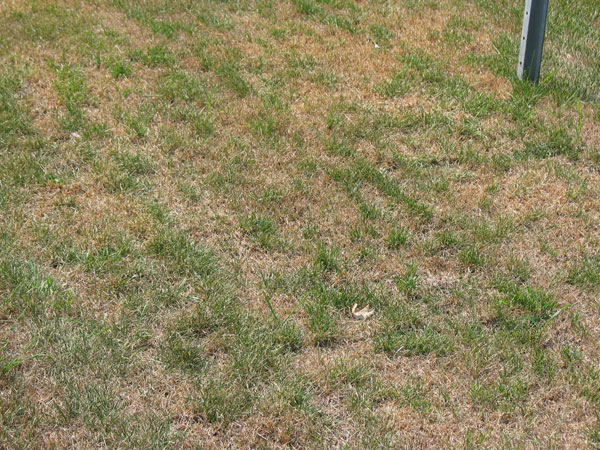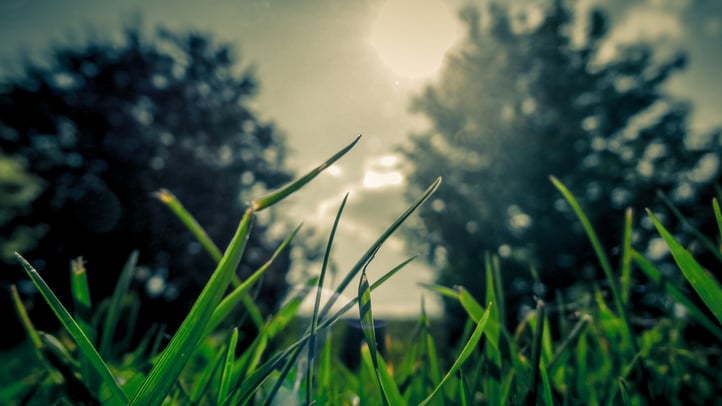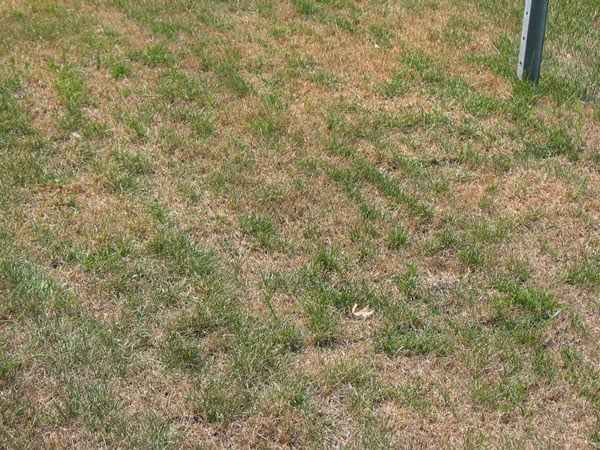
Many home lawns in Canada suffer unseasonably hot and dry conditions during the Summer months, with long spells of rainless heat. When drought is at its peak, many homeowners start to become more and more concerned with their brown and seemingly lifeless lawns.
But don't panic; your lawn isn't dead, it's just dormant. The crown of your lawn is still alive, and as soon as rain hits and your lawn gets some much needed moisture, it'll come alive again.
Summer Lawn Dormancy
Lawn dormancy can look much worse than it actually is. When a lawn is stressed from extreme heat or lack of water, the grass plant has a natural defense mechanism that kicks in to protect itself. In doing so, the lawn turns brown in colour conserving energy although it may appear dead. The lawn can stay this way for several weeks and even months (depending on the grass species) before any permanent damage occurs.
Lawn dormancy is usually only temporary, and recovery naturally takes place as the stressful conditions lessen. Maintaining proper mowing and watering practices during stressful periods is important to limit any potential damage.

Heat and Drought Tolerance
Summer heat, drought stress, insect damage, and disease pressure can have a major impact on the health of a lawn. If stressors, prolonged exposure, and extreme conditions exist, both minor and major turf damage can occur leaving the lawn in need of repair.
Maintaining a lawn under the stress of extreme heat and prolonged periods of extensive drought can be very challenging. Each turfgrass species performs differently under these conditions and the tolerance can be drastically different from one species to another. Despite these differences, the underlying factor of drought and heat stress remain the same in that they both weaken the turf making it more easily injured or killed by other stressors, including chinch bugs, white grubs, or turfgrass diseases.
Follow us on Facebook for daily turf tips and tricks.







